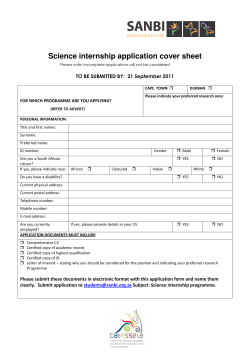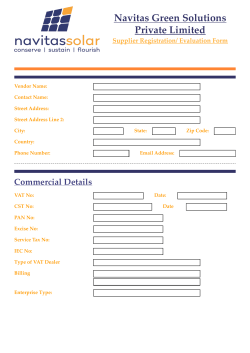
Good Documentation Practices â What, How and Why?
Good Documentation Practices – What, How and Why? It is the big, small and medium things that should be taken into consideration in order to have Good Clinical Practice. So in other words, everything should be touched with extreme precision in order to receive the outcomes which are expected and needed. Among the most frequently arising concerns in all sorts of clinical researches is the inaccurate or inadequate documentation practice. Back in 2009, European Medicine Agency (EMA) placed source documentation issues among the 10 most commonly cited insufficiencies in this specific area. Not surprisingly then, to avoid lack of clear understanding when it comes to clinical trials, there needs to be a good documentation practice. To grasp the nitty gritty details of such documentation, let us firstly define the meaning of it and what specifically it includes. Precisely, as explained in the ICH GCP Guideline 1.51, source documentation is “all information in original records and certified copies of original records of clinical findings, observation, or other activities in a clinical trial necessary for the reconstruction and evaluation of the trial. Source data are contained in source documents (original records or certified copies).” Just to clarify, when we talk about original records, documents and data, we usually refer to clinical and office charts, hospital records, pharmacy dispensing records, recorded data from automated instruments, X-rays and so on. Drawing a conclusion from what has been pointed out above, the level of significance attributed to the documentation practice is really high because it does several key things. First and foremost, it is used as a mechanism which states and ensures for the eligibility criteria of the subject in a trial. Furthermore, in order to define documentation of trials as effective and good enough, it should offer medical records of the subject before, during and after given clinical procedures. The progress, development and responses of the subject during the whole process are also part of the documentation practice. And lastly, it shapes sufficient basis for the information which is rewritten into a CRF which, respectively, gets transcribed into a clinical study report. Still, there are a few fundamental characteristics ascribed to good documentation practice. Following this, every source documentation should be: attributable, legible, contemporaneous, original and accurate (ALCOA). Nevertheless these principles evolved and now documentation is described as efficient when it also includes the next qualities: enduring, available and accessible, complete, consistent, credible and corroborated. Having GCP depends on a variety of factors all of which create a complex concatenation of high-class requirements. When we do not follow the demands of such circumstances, the chaos is full, disorder is predominant and failure is certain. In clinical researches, there is a need of good documentation practice when a trial is being carried out. Unfortunately, inefficient documentation is among the most regular Inspection Findings which is a real drawback when it comes to clinical conducts. The reasons for such setbacks are many and can be varied. For instance, inadequacies in documentation could occur because of the lack of experience as well as training when it comes to properly dealing with the documentation by the staff. Some technical discrepancy could also cause poor source documentation. Which is why, paying attention to every detail is pivotal. And finally, in order to improve the whole process of recording, preserving and maintaining documents, some prior activities could be adopted. Training the staff in advance, studying the sites practices and conducting thorough monitoring could lead to ostensible positive results at the end, thus guaranteeing adequate documentation practices. Article Originally posted here: https://crotraining.co.uk/good-documentation-practices-what-howand-why/
© Copyright 2025





















